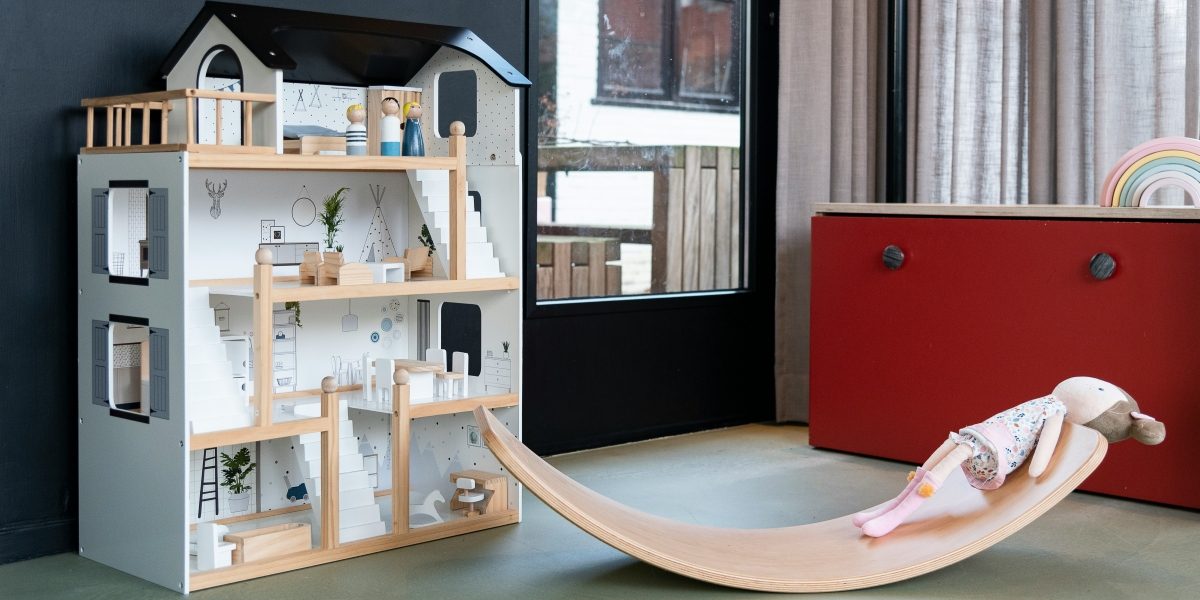Introduction
In 2025, the children’s furniture industry appears poised to enter a bold new era where digital design principles converge with the joy of playtime. Online retailers increasingly offer immersive experiences that help families envision bespoke rooms from the comfort of their own homes. The fusion of augmented-reality tools, user-generated galleries, and sophisticated customization platforms is steadily influencing how parents approach safety, style, and longevity. At the forefront of this transformation is MK Furnishings, whose digital storefront demonstrates a compelling blend of form and function.
Interactive Shopping Environments
Gone are the days of guessing how a dresser works. Today’s e-commerce platforms use room-visualization engines that allow customers to drag, drop, and rotate 3D renderings across virtual floors. These interactive shopping environments often include real-time lighting simulations and material swatches, helping ensure that color palettes and textures translate accurately from screen to reality. Such tools can reduce return rates and offer families a means to curate spaces in which children can grow and explore.
Modular Solutions for Growing Families
A key advantage of digital design meeting playtime lies in modularity. Many brands now offer convertible systems that adapt to a child’s development. For example, a single unit might transform from a toddler bed into a study desk or evolve from a crib into a daybed. One notable illustration is the rising popularity of double bunks with storage stairs—an ingenious format that maximizes vertical space while enhancing convenience. Integrated drawers beneath the bunks can house toys and linens, potentially reducing clutter and encouraging organizational habits from an early age.
Data-Driven Product Development
Behind the scenes, e-commerce innovators leverage user analytics to inform new collections. By tracking which configurations and color schemes attract the most clicks, designers refine future releases to better reflect consumer preferences. Heat-map analyses show where shoppers linger on product pages, while A/B tests reveal which features, such as adjustable headboards or detachable play panels, may increase conversions. This iterative, data-driven approach tends to bring each launch closer to real-world needs than the last.
The Rise of Bespoke and Custom Options
Personalization has become a hallmark of premium children’s furniture. Rather than choosing from limited preconfigured offerings, parents can now specify dimensions, select eco-friendly finishes, and even upload custom artwork for headboards or drawer fronts. Such bespoke options cater to both practical considerations—like fitting awkward corners—and aesthetic desires, such as thematic motifs that spark imaginative play. This level of customization, once found mainly in high-end showrooms, is becoming more widely available through digital channels.
Seamless Fulfillment and Assembly
The e-commerce evolution extends beyond design—logistics have advanced in parallel. Many children’s furniture brands collaborate with same-day courier services, offering white-glove delivery and in-home assembly. Digital notifications guide families through delivery windows and provide livestreamed setup confirmations. This streamlined process helps ensure that bulky items, like double bed bunk beds, arrive in good condition and are assembled by professionals, easing the common stress points associated with do-it-yourself installations.
Safety and Sustainability in Tandem
Today’s digital innovators recognize that modern parents value both safety certifications and environmental responsibility. Online product pages prominently feature third-party lab seals, non-toxic finish declarations, and responsibly sourced wood credentials. Filter options allow shoppers to narrow by GREENGUARD Gold compliance or FSC-certified materials, making it easier to select products that align with health-conscious and eco-friendly priorities. By integrating these attributes into search criteria, e-commerce platforms support well-informed decisions and contribute to long-term brand confidence.
Community-Powered Inspiration
Social proof plays a pivotal role in the e-commerce experience for children’s furniture. User-generated galleries—where families share real-world installations—serve as authentic portfolios. Visitors can explore hundreds of “before and after” snapshots, complete with tags for paint colors, rug selections, and accessory pairings. Brands often curate weekly “Dream Room” contests, inviting customers to submit photos for a chance to win gift cards. This vibrant community engagement encourages ongoing interaction, strengthens word-of-mouth marketing, and highlights the collaborative spirit of modern design.
Affordability through Direct-to-Consumer Models
By bypassing traditional wholesale channels, many digital-native furniture makers are able to lower markups and offer competitive pricing to consumers. Direct-to-consumer (DTC) approaches allow brands to reinvest savings in premium materials or enhanced service offerings, such as extended warranties and simplified returns. As a result, families may access high-end design features without absorbing premium retailer markups. This broader accessibility of style and quality reflects a defining trend in today’s e-commerce landscape.
Preparing for Tomorrow’s Play Spaces
Looking ahead, children’s furniture will likely continue to evolve alongside technological advancements. Virtual-reality showrooms could soon offer full-scale walkthroughs of future rooms, while AI-driven design assistants may assist in generating personalized mood boards in seconds. Smart furniture, equipped with sensors that track usage patterns or adjust ergonomics automatically, is on the horizon. Nevertheless, the core mission appears consistent: to foster safe, inspiring spaces that nurture creativity and comfort.
Summary
The convergence of digital design and playful functionality is reshaping how families furnish children’s rooms. Innovations such as immersive visualization tools, data-informed development, and direct-to-consumer efficiency are setting new benchmarks in the industry. By embracing modular concepts like double bunks with storage stairs, alongside community-driven inspiration and sustainable practices, e-commerce pioneers—including MK Furnishings—continue to expand what it means to shop for children’s furniture. As technology evolves, the line between online discovery and real-world satisfaction is becoming increasingly seamless, creating play spaces as dynamic and unique as the children who inhabit them.

















